I have two vectors forming a specific angle that denotes what is "visible", represented as the blue angle in the following picture.
The red angle represents an "occluding angle" that blocks incoming light.
I need to efficiently calculate the violet angle, which represents the percentage of the visible light against the occluding angle, which creates four possible cases depicted as partially occluded (one or two sides) fully occluded or no occlusion at all.
I've failed to find an efficient algorithm to do this very specific task, considering that the blue angle could be as big a just PI, but the occluding angle may be as much as 2PI, placed anywhere inside the circle
Edit: both angles are specified from 4 normalized vectors, it's not strictly needed to work with angles at all, since I just need to know what percentage of the area/angle between the blue vectors is occluded by the red vectors
